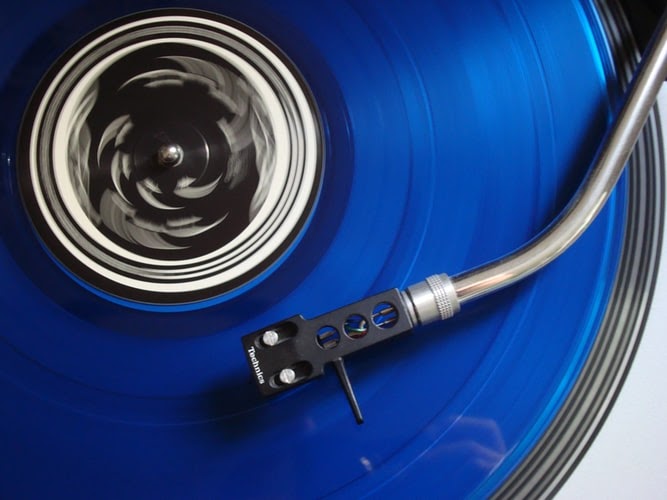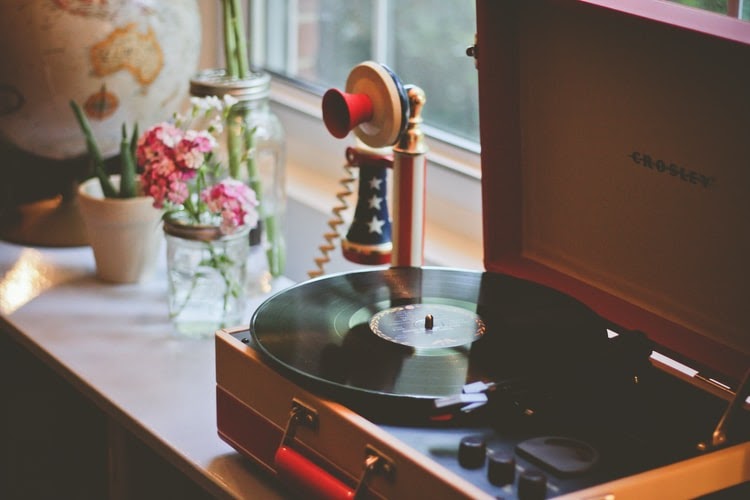How To Set Up and Maintain Your Decks with Turntable Covers?

The record business is coming back strong!
Some people find it intimidating to own an old-style record player as they have never listened to music that’s not streamed from the internet before. Others might be wondering what it is like to pull out old records for the first time in years.
Whether you’re new to vinyl or a collector who cherishes decks. Here are some tips on how you may set up, maintain, and choose a turntable for your deck.
How to Choose a Turntable?
Direct Drive or Belt Driven?
Platters, the heavy discs between which records rest, can be powered both mechanically and electrically. It is directly driven by a motor that sits underneath the deck. Since DJs can immediately control the disc spinning speed with direct drive turntables, they prefer to use them.
Belt-driven turntables have a motor positioned off to the side and connected to a central spindle by a thin rubber belt that basically rotates the platter. Using this technique, you’ll cut down on motor vibrations that add background noise to your tracks. Rubber belts aren’t tough to attach, but they can be a little fiddly for those of us with ham-fisted hands.
In either of the option, you must protect your decks and figure out who makes dust covers for turntables to protect them from external damages.
Manual or Automatic?
Manual record players involve teeing up the tonearm, wriggling it over the track, and dropping the needle onto the disc.
However, the automatic turntable will perform this operation for you and then ensure that the tonearm is returned when it is done.
How to Set Up a Turntable?

Look For a Good Spot
After you’ve purchased your record player, place it on a flat, sturdy surface. You’ll hear an irritating hum if the speaker is placed on a wobbly or tilted table. It may be a good idea to purchase an isolation foot that can be stuck to the bottom of your deck to minimize any unwanted vibrations. A platter mat would also be helpful for extra noise reduction.
Adjust the Tonearm Balance
A perfectly balanced tonearm is the trickiest and most crucial part of the setup, and every turntable will be a bit different. Following that, let’s go over the basics.
Assemble the headshell by attaching the cartridge and stylus to the cartridge, connecting the belt (if there is one), and securing the platter to the spindle. You’ll need to screw the counterweight onto the tonearm if it isn’t already there.
Turn the dial to 0 for anti-skate. It provides the tonearm with a small force that prevents it from naturally skating towards the center. As you move the tonearm, support the headshell gently. Adjust the counterweight, usually by rotating it, until the tonearm is parallel to the platter’s surface as it floats.
Set the weight dial for the arm tracking to 0. Adjust the tracking force by rotating the whole counterweight. After adjusting the anti-skate dial to match the tracking weight, lock the tonearm back into its rest.
Connect your cables
Stereo speakers are typically connected to decks using RCA or phono cables – with the red and white plugs on the end. A cable converting phonons to 3.5mm jacks can be helpful if you have a small all-in-one speaker.
Select your speed
If you’re playing a record, be sure to pick the right speed. Record players for 12-inch records have a 33 RPM speed, and those for 7-inch discs have a 45 RPM speed. Records older than 10 inches usually spin at 78 RPM. These are only playable on three-speed turntables. If you don’t own any pre-’60s music, you are unlikely to encounter this problem.
How to Maintain a Turntable?

You Must Avoid Dust
You should keep your record player clean if you want to maintain it. Maintaining the cleanliness of your records is essential because whatever’s on your paper will end up on your stylus.
When picking up records, make sure to pick them up by the edge to prevent fingerprints and dust from getting on them. Store them vertically to prevent warping.
Turntables with dust covers come with a clear Perspex hood to protect them from the world outside, but if yours does not, it is worth investing in one.
Replacing Parts
An inline belt-driven deck might require a new belt about every five years. Firstly, you should check is the audio if it sounds ‘off.’
Eventually, that platter will stop rotating, and if it snaps completely, you’ll have to replace it, but otherwise, it should last for a while.
Upgrading Your Setup
There are few main shapes to choose from if you decide to replace your stylus. Among the entry-level decks, spherical ones are common. However, they cannot pick up the higher frequencies present in the groove of the record.
As we advance up the scale, the elliptical stylus shape has a sharper point so that it contacts the groove more precisely for a more accurate sound.
Hyper elliptical, sometimes called Shibata, is next. For better contact with grooves, these have an even sharper tip.
To conclude
In the record business, things are looking up! Owning a record player can be intimidating for people that aren’t used to exploring music that isn’t streamed from the internet. Using the above guide, both locating and choosing a turntable has become simpler.
Also, the conclusion part is missing. After you add it ensure that the writ-up remains within the specified word limit [NG1] [NG1]
Please add 2-3 relevant external links contextually in the text [NG2] [NG2]






